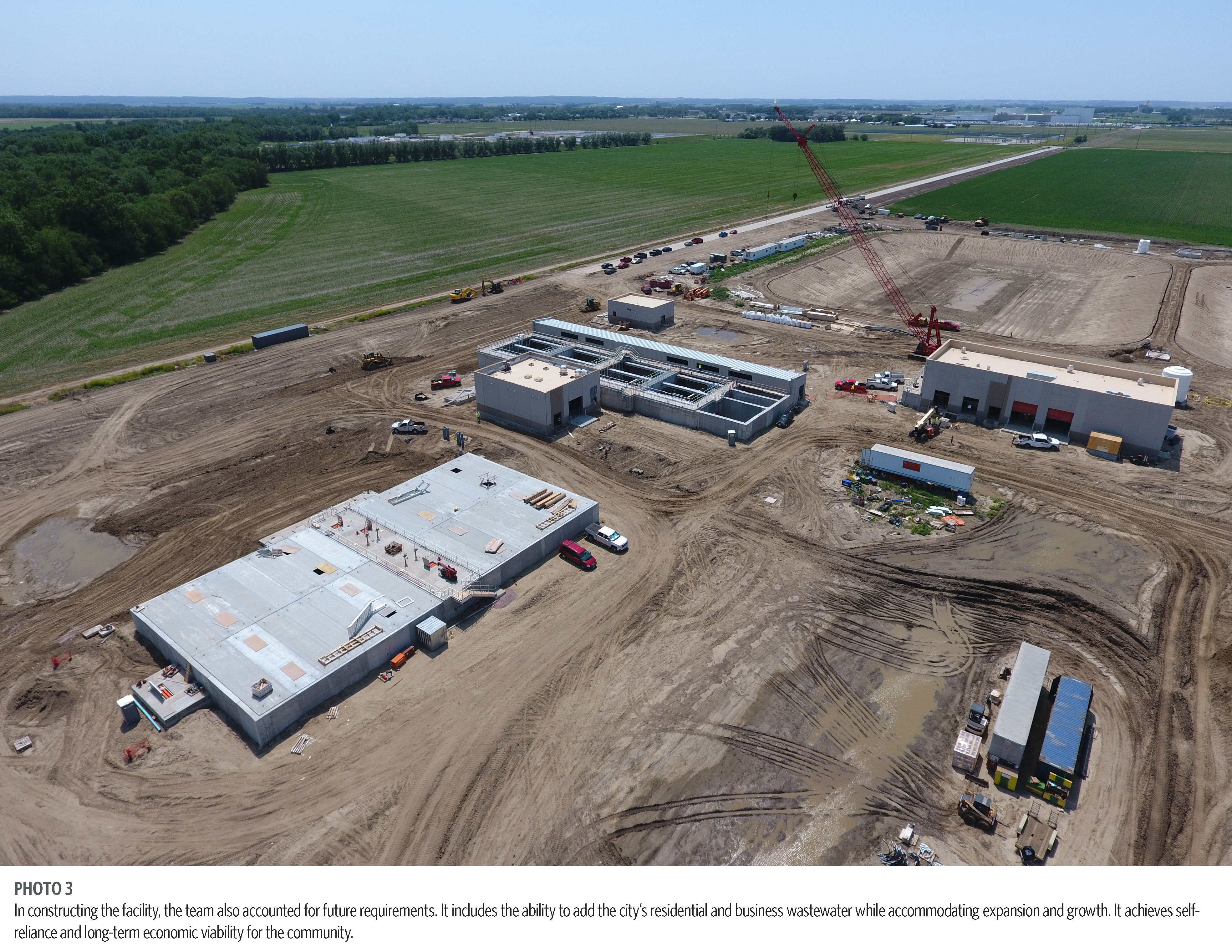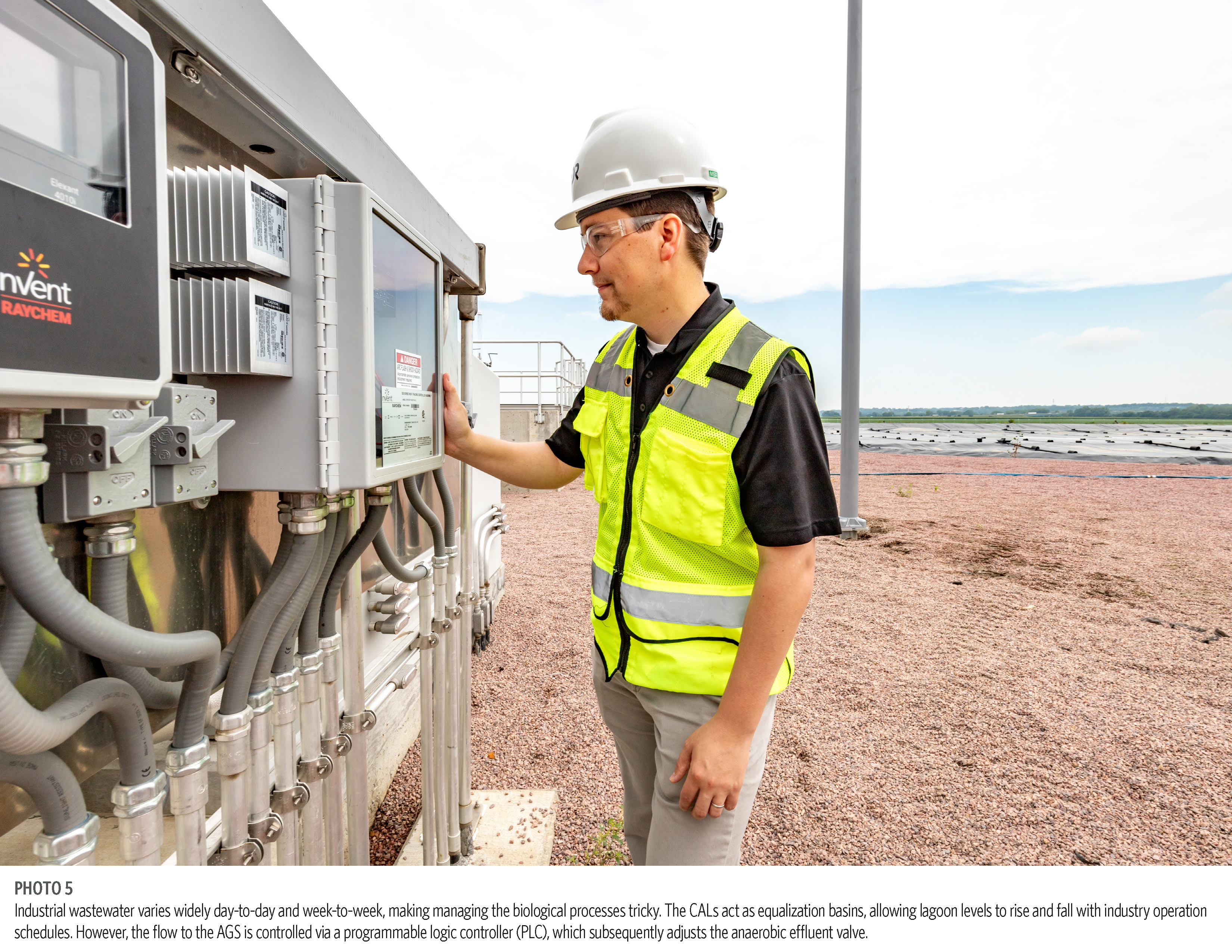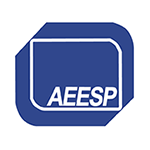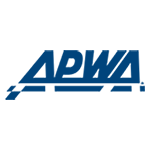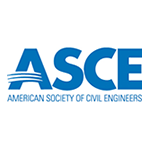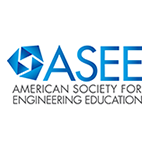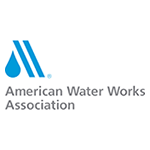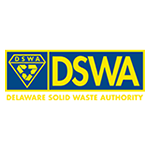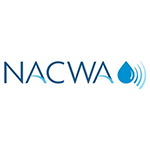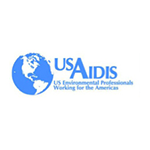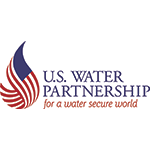- Home
- Contact Us
- News & Events
- Awards
- AAEES Awards Criteria
- 40 Under 40 Recognition Program
- Edward J.Cleary Award
- Excellence in Environmental Engineering and Science Education
- Gordon Maskew Fair Award
- Honorary Member
- International Honorary Member
- Ralph and Joe Bales Graber Science Award
- Stanley E. Kappe Award
- Environmental Communications Awards Competition
- Excellence in Environmental Engineering and Science Competition
- The AAEES Chapter Blue Marble Award
- Resources
- AAEES Microcredentials
- Annual Reports
- AAEES Press Releases
- AAEES Website How To VIdeos
- Environmental Engineer and Scientist
- Environmental Engineering Body of Knowledge
- PFAS Resources
- Specialty Examination Guide
- Students and Young Professionals Resources
- Who's Who in Environmental Engineering & Science®
- Leadership Opportunities
- Membership
- Donate
- Jobs
2024 Excellence in Environmental Engineering and Science® Awards Competition WinnerGrand Prize - Industrial Waste Practice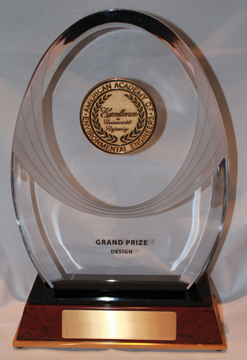
South Sioux City Wastewater Treatment FacilityEntrant: HDR Entrant Profile
Pretreated industrial flows and untreated domestic flows were pumped to the Sioux City, Iowa Wastewater Treatment Plant (SCWWTP) for treatment and discharge to the Missouri River. Existing capacity restrictions at SCWWTP and anticipated rate increases charged to the City could limit future growth for the industries and the City of South Sioux City. HDR assisted the City with evaluating the feasibility of treating its own domestic wastewater and the pretreated wastewater from the industrial sources located in South Sioux City and directly discharging effluent to the Missouri River. After feasible alternatives were identified, HDR provided engineering services to simultaneously prepare two construction bidding packages, an Anaerobic Lagoon System and Secondary Wastewater Treatment Plant and Conveyance and Lift Station Improvements. Project DescriptionDemonstration of a comprehensive, integrated approach that considers all environmental media, i.e., air, water, and land. For example, solution of an air pollution problem must not create a land disposal problem or an adverse water impact that is not addressed by the project.For nearly 40 years, the City of South Sioux City, Nebraska (City), conveyed wastewater across the river to Sioux City, Iowa. On November 25, 2019, South Sioux City received notice that the wastewater treatment contract would be terminated or altered in four years. The concern was the volume and composition of the wastewater. In addition to residential waste, South Sioux City has a blossoming industrial sector. At the same time, Sioux City’s 60-year-old plant needed significant renovations, which would raise rates by more than 30% in two years. This left South Sioux City with two options— build its own wastewater treatment facility or risk being cut off. The new $35 million, 2-million-gallon-per-day (MGD) South Sioux City Wastewater Treatment Facility features Nebraska’s first aerobic granular sludge (AGS) system, two 11.5-million-gallon covered anaerobic lagoons, aerobic digesters, solids processing facilities, ultraviolet (UV) disinfection, lift station improvements, and an outfall to the Missouri River. Quality as evidenced by the degree of user satisfaction and proven performance.The project was completed ahead of schedule and under budget. The new $39 million South Sioux City WWTF offers the City a once-in-a-generation opportunity to control their own destiny and continue its economic viability. The 2 MGD facility brings first-of-its-kind AGS to Nebraska and provides additional treatment solutions to the industry. It’s designed to treat current industrial loads while its flexible and scalable design offers options for future nutrient removal, industrial growth and additional wastewater integration. Originality and innovation, representing the application of new knowledge, a new application of existing knowledge, or an innovative mix of existing knowledge.NEBRASKA’S FIRST AEROBIC GRANULAR SLUDGE TREATMENT SYSTEM With endless options for the city’s first treatment plant, the team chose Nebraska’s first aerobic granular sludge (AGS) system based on its small footprint, modularity, expandability, efficiency, low life cycle costs, and ability to handle high-organic-strength wastewater. The AGS system design is based on Aqua-Aerobic Systems’ commercially available AquaNereda® process. Its sequential batch reactor (SBR) does not require final clarifiers, reducing the necessary tank quantity while the granular technology also can hold about twice the biomass inventory than conventional activated sludge, allowing high loading rates and smaller tanks. This is feasible because the aerobic granules, larger and denser than conventional floc, shortens settling times and reduces required volumes. Biologically, the aerobic granules form different zones within each granule, giving a more well-rounded and robust biological inventory and simultaneously removing nitrogen and phosphorus. This eliminates the need for mechanical mixing, recycle pumping and other aspects of conventional treatment, which are costly and energy intensive. After treatment, the facility uses ultraviolet (UV) disinfection before discharge. The result is a higher quality effluent. COVERED ANAEROBIC LAGOONS Prior to AGS, the wastewater is sent to covered anaerobic lagoons (CAL) for pretreatment, primary treatment and flow equalization. The CALs remove a large portion of the organic load; most fats, oils and grease; and solids larger than 6 millimeters. The lagoons treat high-strength industrial wastewater and provide opportunities for gas collection, odor control, emission reduction and energy recovery. Use of CALs ahead of AGS for treatment of industrial waste is a novel approach- in the United States. The complexity of the problem addressed.FLOW EQUALIZATION Industrial wastewater varies widely day-to-day and week-to-week, making managing the biological processes tricky. The CALs act as equalization basins, allowing lagoon levels to rise and fall with industry operation schedules. However, the flow to the AGS is controlled via a programmable logic controller (PLC), which subsequently adjusts the anaerobic effluent valve. NPDES PERMIT AND AMMONIA LIMITS Alongside NDEE, the team obtained a new National Pollution Discharge Elimination System (NPDES) permit for the Missouri River outfall. Without previous AGS facility experience, NDEE required detailed responses to their concerns for permitting and construction. With the outfall’s close location to another treatment plant discharge location and its subsequent river impacts, the team modeled river assimilation for ammonia. The result – combining both discharges for modeling flow throughout the river averted overly stringent NPDES limits. CONSTRUCTION COSTS AND FUNDING Winter storms and COVID-19’s supply chain hurdles resulted in construction bids exceeding the engineers estimate by $6 million. The team quickly identified $1 million in value engineering while the City sought $17.2 million in grant funding from the U.S. Departments of Commerce and Housing and Urban Development. A Nebraska Department of Environment and Energy’s (NDEE) State Revolving Fund (SRF) loan finalized financing. STARTUP COORDINATION As a greenfield plant, the facility required significant startup coordination. Establishing the biological conditions to achieve proper treatment, the team sourced “seed sludge” from Sioux City and Tyson Meats. In addition, the lagoons needed caustic addition to maintain alkalinity to grow the anaerobic bacteria. To divert flow to the new facility, the team and city established a date of transition, worked alongside industry and communicated with Sioux City to maintain a backup option. In the end, coordination paid off and the plant was started up on the scheduled date. The extent to which the project contributes to or offers the prospect of contributing to social or economic advancement.EXPANDABLE FOR NEW BUSINESS AND RESIDENTIAL The modular, expandable AGS technology simplifies its expansion — a $22 million residential expansion is expected to be completed in 2026. To account for future flows, the team made provisions to add tankage, tertiary filtration, hydraulic changes, and a third option at the splitter structure for a third lagoon. It paves the way for future expansions or retrofits across the state — AGS was chosen for two expansions in Omaha, currently under design and expected to be operational in 5-6 years. BIOGAS COLLECTION, USE, HANDLING AND POTENTIAL SALE Currently, generated biogas fuels the lagoons boilers, eliminating the need for costly natural gas supply. In the future, the facility can condition the biogas, convert it into renewable natural gas and transform the byproduct into a revenue source for the City. Designed as part of the plant’s next expansion for domestic flows, the biogas conditioning is expected to produce 570 standard cubic feet per minute of biogas, resulting in $5 million in additional revenue per year. SOLIDS HANDLING AND BENEFICIAL APPLICATION Biosolids are removed as waste activated sludge. After thickening and additional treatment, the biosolids are dewatered. The facility is expected to produce for Class B biosolids per U.S. Environmental Protection Agency regulations. Dewatered solids will be temporarily stored on a cake storage pad and eventually will be land applied to farmland. These biosolids will provide the necessary nutrients and act as a natural fertilizer for the farmland. Click images to enlarge in separate window. Click here to return to the list of 2024 winners. |

 HDR provided design services, permitting, bidding assistance and construction administration services for two planned wastewater treatment improvement projects for the City of South Sioux City (City). The improvements included new anaerobic lagoons for industrial pretreatment, new secondary wastewater treatment plant, and conveyance/lift station improvements to convey wastewater flow to the new facilities. These improvements followed HDR’s September 2019 completion of a feasibility study for the City.
HDR provided design services, permitting, bidding assistance and construction administration services for two planned wastewater treatment improvement projects for the City of South Sioux City (City). The improvements included new anaerobic lagoons for industrial pretreatment, new secondary wastewater treatment plant, and conveyance/lift station improvements to convey wastewater flow to the new facilities. These improvements followed HDR’s September 2019 completion of a feasibility study for the City.

